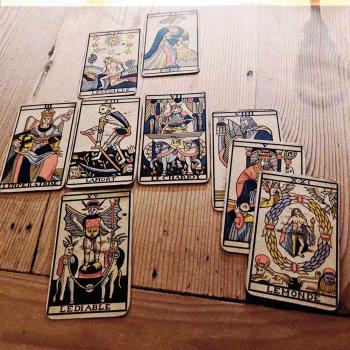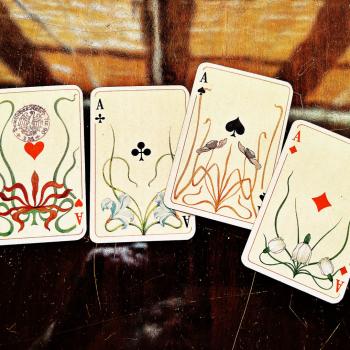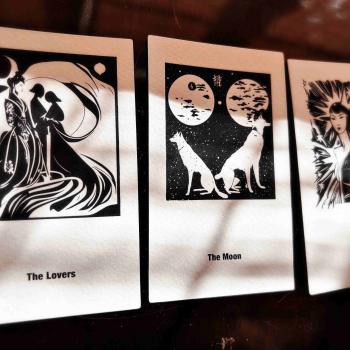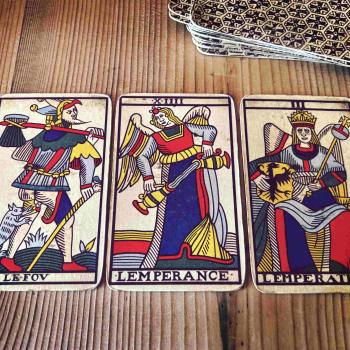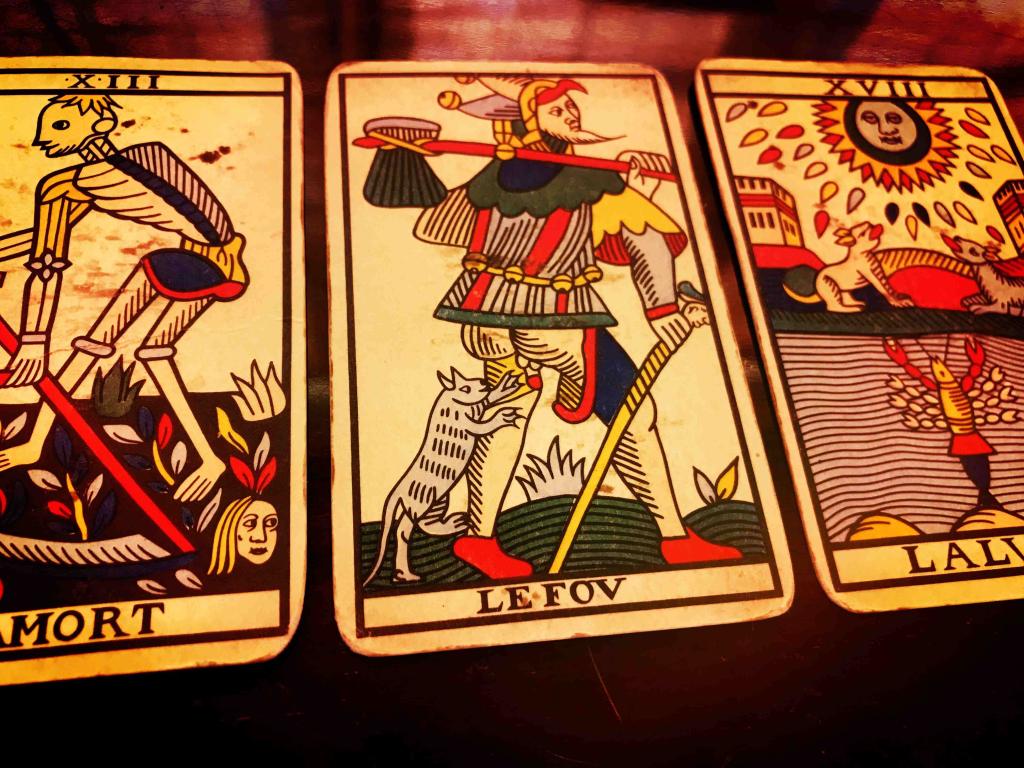
I have to admit that all illumination amuses me, especially when it lacks something obvious. You’d think that this leads to a contradiction, insofar as when something is illuminated it’s not also opaque or lacking in clarity, but you’d be surprised at just how many illuminations hit us on a daily basis that could use some thinking about it.
Let me get to the point. I read the other day on Twitter about the concept of a soul mate, and how it’s not all we make it out to be. A person offered an idea that was then followed by a slew of reactions that had the gist of the aha and of the ‘mind blown’ trepidation. In paraphrase, ‘what you call intense relationship can easily be related to your soul mate having killed you in a past life, in fact as many times as 24 other past lives, or more.’ Right. It was a long thread that I got caught in observing, and the more I read about the gratitude related to this illumination that ‘explains everything,’ the more I laughed out loud.
What I found interesting to note was the assumption that it’s always ‘the other’ who does the killing, while ‘you’ are always the victim. But surely, if you think about it, isn’t the whole idea with the soul mate about recognizing a mirror? – at least as far as our modern understanding of the concept goes, since the poet Coleridge, who first coined the term, offered a rather different meaning to what we now take the original ‘yoking together’ to mean.
If we check with the etymology dictionary, this is what we get:
Definition of soul mate
1: a person who is perfectly suited to another in temperament
2: a person who strongly resembles another in attitudes or beliefs
ideological soul mates
The earliest known use of soul mate is found in an 1822 letter from English poet Samuel Taylor Coleridge to “a Young Lady” in which he writes, “To be happy in Marriage Life, nay … in order not to be miserable, you must have a Soul-mate as well as a House or a Yoke-mate….” The word yokemate is used to refer to someone who is figuratively yoked to another, such as a close associate or companion, or, as Coleridge uses the word, a spouse. Coleridge’s advice to the recipient of his letter, then, is that she should not simply settle for a husband, but rather for a person whose character and sensibilities are of a nature suitable to her own. Soul mate is now often used by English speakers to describe those with whom our bonds of affection are marked by a strong sense of like-mindedness and intertwined affinities. (Webster Merriam).
For all intents and purposes, then, and logically speaking, if an intense relationship of the ‘soul mate’ caliber ends in killing, then it does so on an intercalating basis. Now you do it, and then it’s the other’s turn to do it. If the killing is one-sided, then we’re with some other concept than that of an intense kinship. When Coleridge spoke of marriage as basically the worst thing that can befall you, unless you’re very lucky to find yourself slaving for its misery alongside with another who will have equal acceptance of the said misery, he used the notion of the soul mate as a token or even as a talisman whose function was to mitigate the impending marital disaster.
But why do we want to talk about this? Because both in cartomancy and necromancy curiosity about past lives and who you used to hang out with in these lives is a thriving topic. I often get asked to read the cards for both past lives and soul mates, but when I do, I actually make it a point to emphasize the symmetry necessary in understanding the mirroring aspect in the concept of the soul mate (the other two related concepts, ‘twin soul’ and ‘kindred spirit’ can also be said to carry the mirroring connotation, albeit each of these terms have their own set of significations).
And what do I mean by this? Let me give an example that is quite in the face related to this classic, common question: ‘How was this intense relationship in a past life?’ As usual, this example comes from an actual reading I once performed.
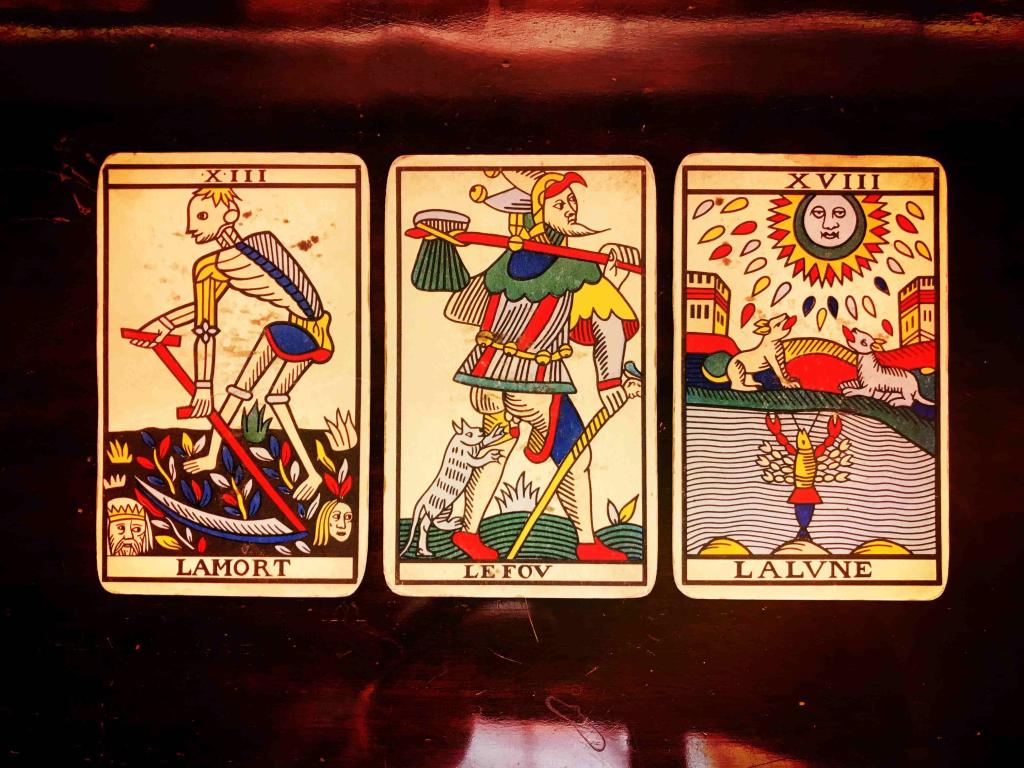
Three cards fell on the table, giving the answer. Death, the Fool, and the Moon suggested the following: ‘The cut renders the fool mad.’ Now, taken as a singular expression this line doesn’t have much to say beyond the visual level: when the scythe chops the two heads involved, maddening grief sets in followed by the desire to know what and why it happened. Fools insist on ‘knowing’ even though the reason for any breakup is quite often not a mystery of any lunatic nature.
But what happens if you follow-up this question with asking about how this intense relationship in the past life mirrors what is going on now? I loved what the cards gave me for this which illustrates my point: The Empress, the Tower, and Death suggested this idea: ‘The ruler rules too tightly, the consequence being a fall from grace and the losing of heads.’
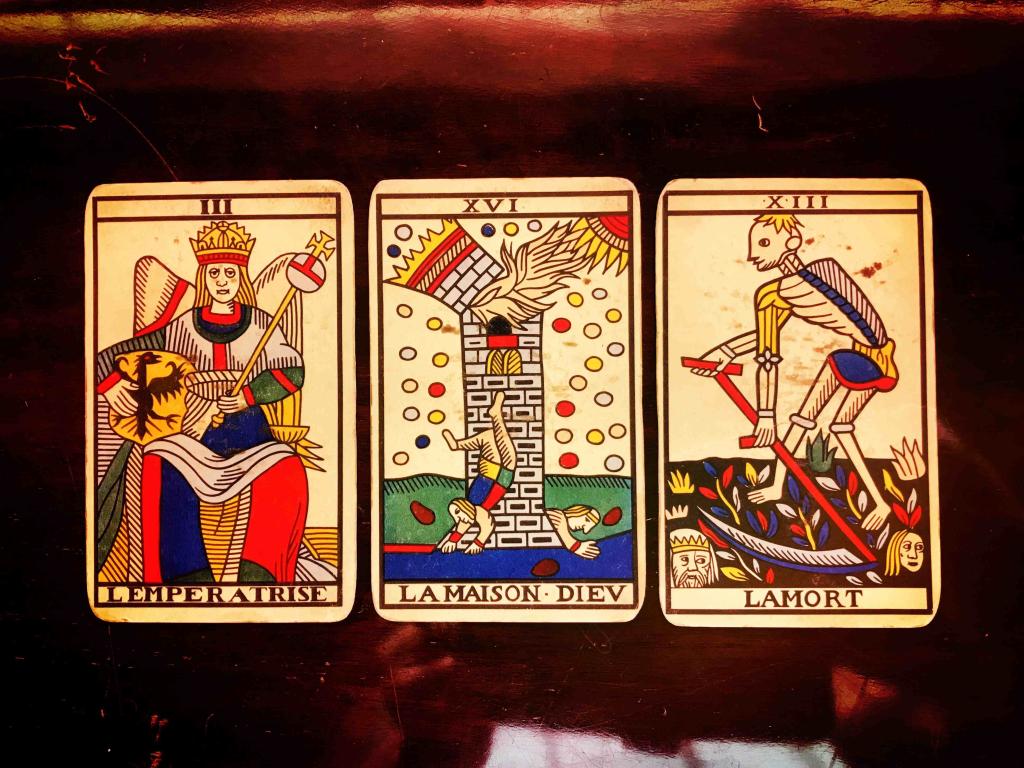
When looked at the two lines together we get this perfect mirroring between the two death instances: it starts with a killing and it ends with a killing. So that was the gist of the intensity of the soul mate relationship I was reading for.
In other words, it pays off to not assume that if, indeed, you feel consumed by a soul mate relationship, it’s always the other who happens to inflict anguish on you, whether now or in a past life – if you entertain belief in past lives. Generally, in questions about perfect affinity between people, what you must look for in the cards is the mirror. Without this mirror, the rhyme between mutual and corresponding actions and reactions, there’s no sharing of what is assumed to be a yoking together. If your soul mate killed you in a past life, look at the signs for how you’re going to kill him now. It’s only fair.
♠
For more such practice with the cards, join the Read like the Devil Practice Club. Visit also Aradia Academy and sign up for the newsletter that will keep you informed on upcoming courses and cartomantic activities. Note the Off the Shelf offering that also includes free resources.








